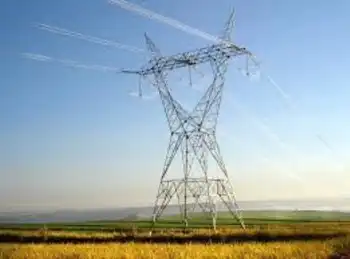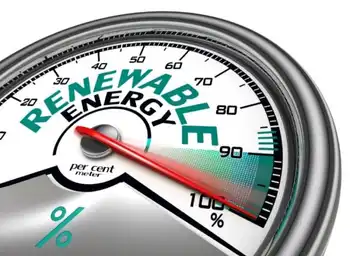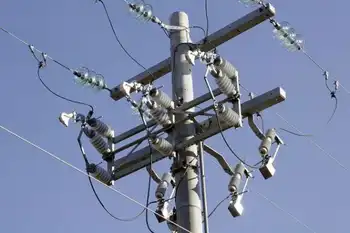Appalachian states should look beyond coal
By Associated Press
Substation Relay Protection Training
Our customized live online or in‑person group training can be delivered to your staff at your location.

- Live Online
- 12 hours Instructor-led
- Group Training Available
A report issued by Downstream Strategies of Morgantown predicts production in West Virginia, Kentucky, Virginia and Tennessee will fall nearly 50 percent within a decade and urges those states to adopt laws, low-interest loan programs and other measures to support the development of renewable energy sources.
The report blames the decline in part on increased competition from other coal-producing regions and other sources of energy, such as natural gas. It also points to the depletion of the most accessible, lowest-cost coal reserves and increasingly stringent environmental regulations.
The coal industry has long been concerned about Central Appalachia's decline and faces even more challenges as legislators and the public grow interested in global climate change, renewable energy options, and cap-and-trade legislation, said Chris Hamilton, vice president of the West Virginia Coal Association.
At the same time, the industry is struggling with a low supply of qualified workers and record levels of imported coal from Colombia, Venezuela and Indonesia. To protect both the industry's short- and long-term health, policy makers at all levels must recognize and protect coal's role in providing low-cost, reliable energy, he said.
The industry does not object to moderate growth in renewable energy, he added.
"There's general acceptance that we're going to need every form of power available to accommodate future growth in our energy demands in our country, and it makes sense to have a balanced energy portfolio," Hamilton said. "But coal is a finite resource and it should be managed within the context of an overall energy portfolio based on volume and reserves."
The new report was authored by Downstream Strategies President Evan Hansen and energy and climate change researcher Rory McIlmoil.
McIlmoil is a former community activist with Whitesville-based Coal River Mountain Watch, which has been advocating construction of a wind farm on a mountaintop destined for strip mining, but Downstream Strategies says its work was not funded by any group.
The report contends new jobs and tax revenues could be created by focusing on renewable energy like wind, solar and hydropower, and it says states should require that 25 percent of their energy portfolios come from renewable sources by 2025.
Last year, West Virginia lawmakers approved a measure requiring that 25 percent of the state's electrical output come from renewable and alternative energy sources by 2025. The law allows utilities to satisfy the requirement by earning, purchasing or trading credits for power produced by everything from natural gas and nuclear power to burning coal bed methane, waste coal and tire-derived fuel.
The new report also calls for tax credits, clean energy bonds, mapping projects and other measures to encourage investment in alternatives to coal, including state-funded programs to measure wind speeds that would help evaluate wind farm sites.
Virginia Gov. Bob McDonnell called on lawmakers in that state to approve a tax credit of $500 per position for employers who create green jobs over the next five years. McDonnell also said he wanted to turn Virginia into an energy leader by leasing off-shore drilling rights and increasing coal, natural gas and biofuel production.
Annual coal production in Central Appalachia last peaked in 1997 at 290 million tons, but fell to 235 million tons by 2008 even as national production climbed, the report said. It also says new projections suggest the region's production may drop another 46 percent by 2020, and 58 percent by 2035, to just 99 million tons.
Data on the federal Energy Information Administration's Web site shows variations among the Appalachian states in recent years.
While 2008 production levels in Kentucky and West Virginia were up 4.4 percent and 2.8 percent respectively from the previous year, production fell 2.5 percent in Virginia and 12.1 percent in Tennessee. Statistics for 2009 were not yet posted, but the EIA estimates production fell more than 7 percent nationwide as consumption declined.
Power plants, in particular, cut coal consumption by 10 percent last year, the agency said.
The agency predicts coal production in 2010 will still be down by about 4.6 percent.
Coal's effect on the region, however, is clear: In 2008, the industry employed some 37,000 people directly or indirectly, sometimes as much as 40 percent of a county's work force. Severance taxes generate hundreds of millions of dollars for state governments.
Yet some coalfields counties have the highest poverty and unemployment rates in the region, the new report says, "and due to the dependence on coal for economic development, any changes in coal production will have significant impacts on local economies."











